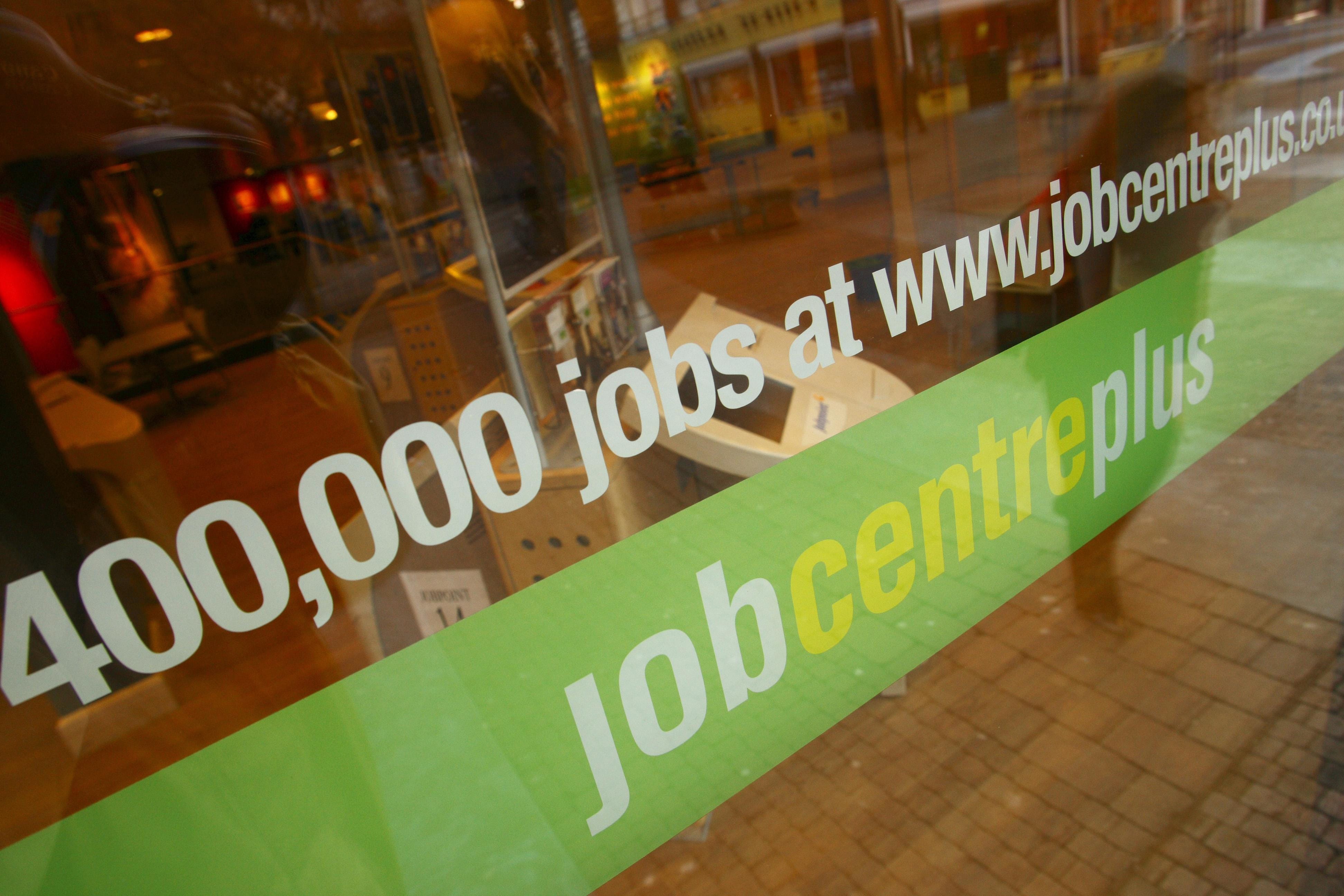Unemployment unexpectedly rises to highest rate for more than two years
Figures show the rate of UK unemployment lifted to 4.4 per cent in the three months to April

Your support helps us to tell the story
This election is still a dead heat, according to most polls. In a fight with such wafer-thin margins, we need reporters on the ground talking to the people Trump and Harris are courting. Your support allows us to keep sending journalists to the story.
The Independent is trusted by 27 million Americans from across the entire political spectrum every month. Unlike many other quality news outlets, we choose not to lock you out of our reporting and analysis with paywalls. But quality journalism must still be paid for.
Help us keep bring these critical stories to light. Your support makes all the difference.
Britain’s unemployment rate has unexpectedly risen to its highest rate for more than two years as the jobs market weakens further, although wage growth remains resilient, according to official figures.
The Office for National Statistics (ONS) said the rate of UK unemployment rose to 4.4 per cent in the three months to April, up from 4.3 per cent in the three months to March.
The latest increase defied expectations that the jobless rate would remain unchanged, and saw it reach its highest level since the three-month period from July to September 2021.
Vacancies also dropped sharply once again, down by 12,000 to 904,000 in the three months to May, marking the 23rd fall in a row.
However, the figures showed that regular earnings growth remained unchanged at 6 per cent in the three months to April and continued to outstrip price rises – which were up 2.9 per cent when taking consumer prices index (CPI) inflation into account, the highest since the three months to August 2021.
The ONS said: “This month’s figures continue to show signs that the labour market may be cooling, with the number of vacancies still falling and unemployment rising, though earnings growth remains relatively strong.”
Most economists had expected regular wage growth to lift, given the nearly 10 per cent increase in the national living wage on 1 April, when nearly 3 million people benefited from a rise from £10.42 an hour to £11.44 an hour.
The Bank is watching the jobs market, and wages in particular, closely as it looks to bring CPI inflation back to its 2 per cent target, with cooling earnings growth seen as the key to paving the way for it to begin cutting interest rates.
Inflation fell to 2.3 per cent in April – its lowest level since 2021 – but the fall was not as steep as many experts were expecting.
The next set of inflation figures will come just before the Bank’s 20 June rates decision.
Jake Finney, an economist at PwC UK, said: “The latest ONS data presents a headache for the Bank of England. A broad set of indicators suggests that the labour market is cooling, but pay growth has not fallen to the extent they would like to see.”
But he added that there remains “considerable uncertainty” over the ONS unemployment figures, as the statistics body continues to overhaul its labour force survey due to low response rates, with the full revamped version not due to be introduced until September.
More timely data from HM Revenue and Customs provided further evidence of a cooling jobs market, with the number of UK workers on payrolls falling by 3,000 to 30.3 million in May, though this is subject to revision.
The latest ONS figures also showed another increase in the inactivity rate, with 22.3 per cent of those aged between 16 and 64 not actively looking for work.
There were an estimated 17,000 working days lost to strike action across the UK in April, the ONS added.